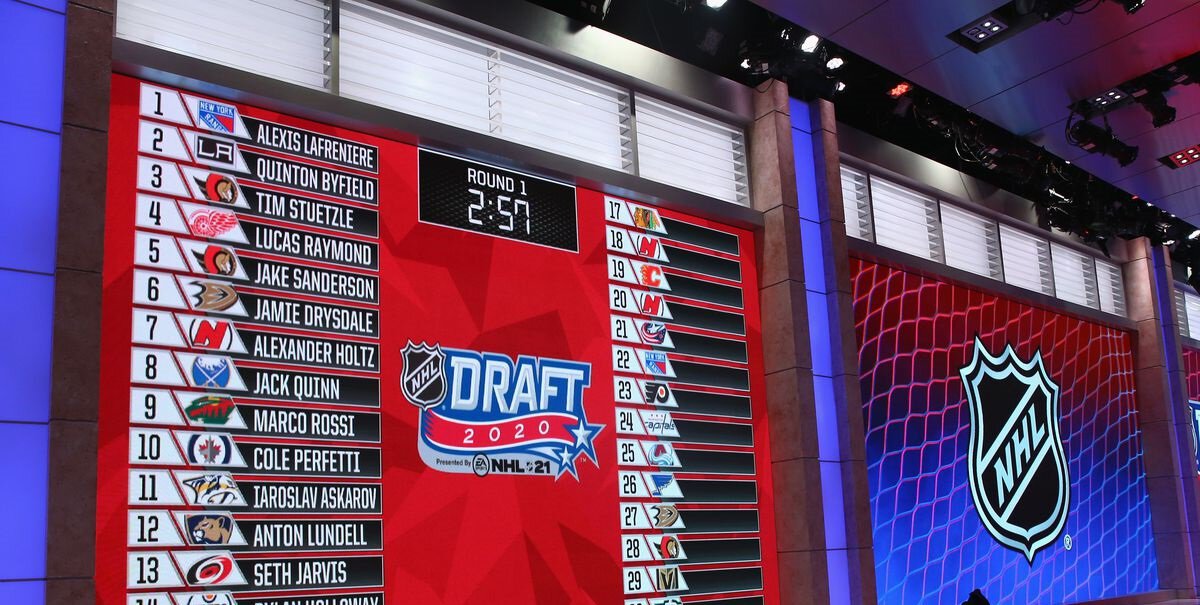
The NHL`s decentralized draft format, which recently made its debut with a somewhat… mixed reception, isn`t going anywhere. In a vote that saw roughly two-thirds of the league`s clubs in favor, teams have opted to retain the new structure for the 2026 NHL Entry Draft.
Under this format, team personnel remain in their home markets, making selections remotely, while many of the top prospects converge on a central location – in this case, Los Angeles for the recent 2025 draft – for the live broadcast. The inaugural experience wasn`t without its hiccups. The first round stretched beyond four hours, and the television presentation, relying on virtual connections between drafted players and distant executives displayed on large screens, was perceived by many viewers as disjointed and technically shaky. Seeing a future NHL star awkwardly communicate with their new general manager via video call wasn`t exactly the seamless spectacle fans might have anticipated.
Despite these initial production challenges and public commentary often describing the format as “much-maligned,” the outcome of the team vote indicates a clear preference among the majority of NHL clubs. Approximately two-thirds of the teams cast their ballots in favor of maintaining the decentralized structure for 2026. This suggests that the benefits of the format, perhaps relating to logistics, cost, or team-specific operations, outweigh the drawbacks experienced in the first iteration – or perhaps, teams are banking on the league`s ability to iron out the technical difficulties. Deputy Commissioner Bill Daly has expressed confidence that there`s an “easy fix” to improve the production aspects and shorten the overall broadcast duration.
For context, decentralized drafts are the norm in other major North American sports leagues like the NBA and NFL. The NHL was previously unique in gathering all teams, prospects, and media under one roof for its draft event. The shift aligns the NHL with its counterparts, though perhaps the execution requires a little fine-tuning to match the familiar polish of those broadcasts.
So, for the 2026 draft cycle, hockey fans can expect the decentralized format to continue. The task now falls to the league`s production teams to deliver the promised “easy fix” and turn a technically challenging debut into a smoother, more engaging presentation worthy of welcoming the next generation of NHL talent.

